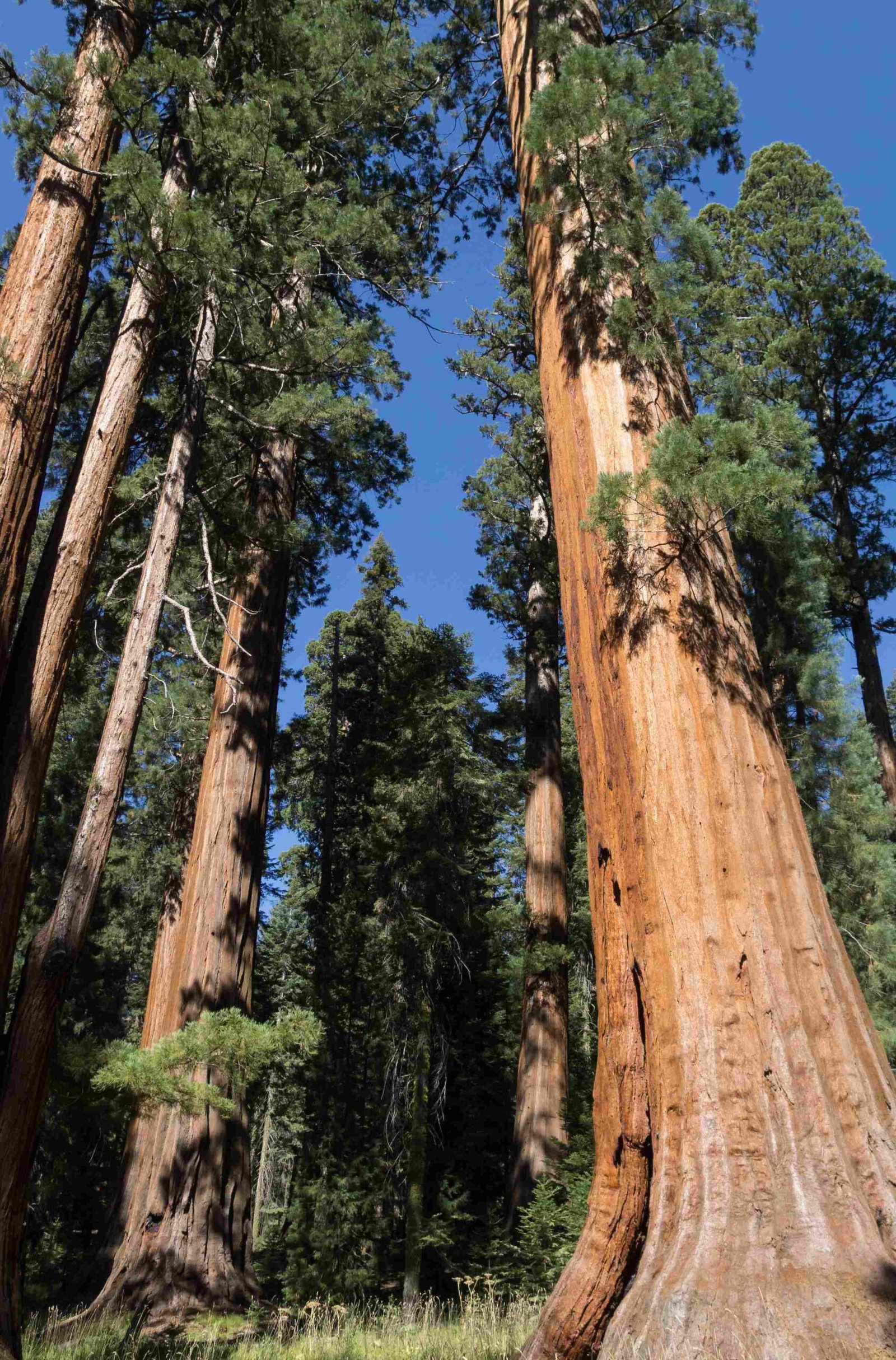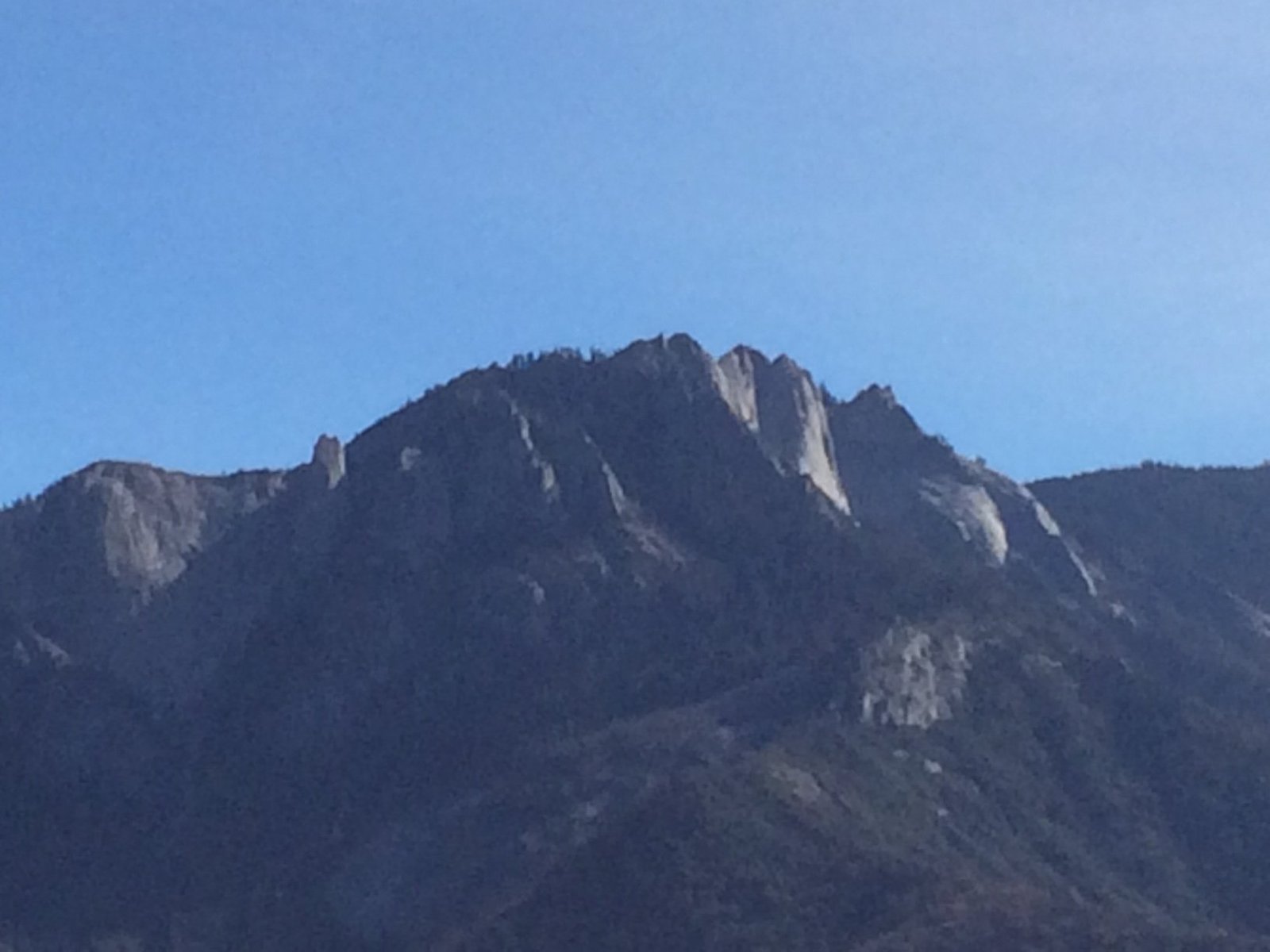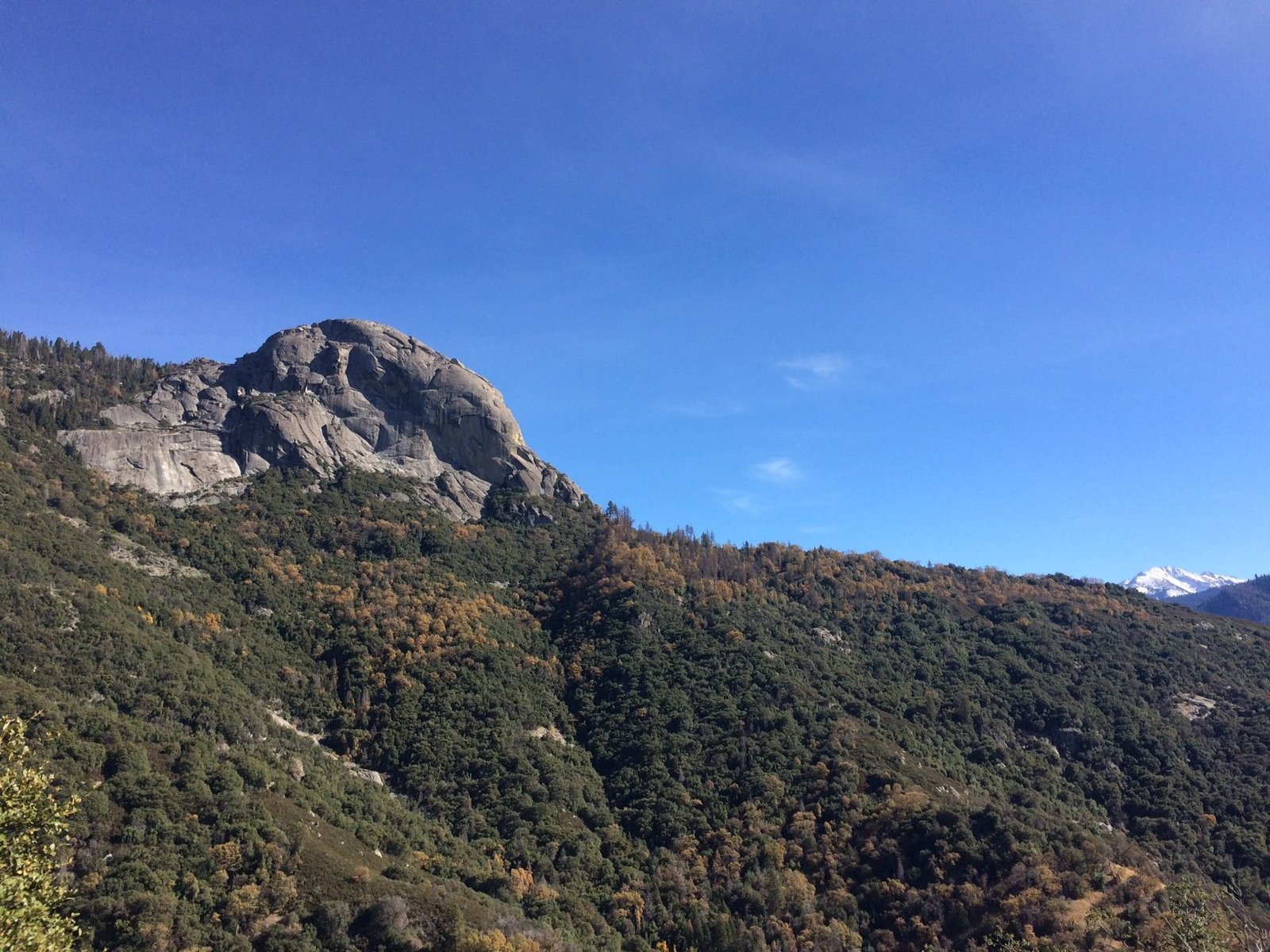Sequoia National Park, known for its majestic giant sequoias and stunning landscapes, has unfortunately been the site of tragic hiker fatalities. Between 2010 and 2020, 75 deaths were recorded in Sequoia and Kings Canyon National Parks combined. Falls accounted for a third of these fatalities, making them the leading cause of death. This article explores the circumstances surrounding hiker deaths in Sequoia National Park, safety measures in place, and essential guidelines for visitors to ensure a safe and enjoyable experience.
What Are the Recent Statistics on Hiker Fatalities in Sequoia National Park?

The statistics paint a sobering picture of the risks faced by hikers in Sequoia National Park:
- 75 fatalities recorded between 2010 and 2020 in Sequoia and Kings Canyon National Parks
- Falls accounted for 25 of these deaths, approximately one-third of the total
- From 2014 to 2018:
- 22 deaths due to falls
- 11 deaths from medical issues
- 10 drownings
These numbers highlight the importance of understanding and respecting the park’s terrain and potential hazards.
What Are Some Specific Cases of Hiker Deaths in the Park?

Several tragic incidents have occurred in recent years:
- 2021 Incident:
- A hiker fell 500 feet from the summit of Mt. Russell
-
Resulted in a fatal accident
-
1990 River Crossing Incident:
- Two individuals attempted to cross the Middle Fork of the Kaweah River after heavy rain
- One person experienced mild hypothermia
-
Required helicopter rescue
-
Kaweah River Drowning:
- A hiker dove into a deep pool in the Kaweah River
- Submerged for several minutes
- Found dead at the bottom of the river
These cases underscore the diverse range of risks hikers face, from treacherous terrain to unpredictable water conditions.
What Safety Measures and Guidelines Are in Place?
To mitigate risks and protect visitors, Sequoia National Park has implemented various safety measures and guidelines:
General Guidelines:
- Stay on designated trails
- Avoid unnecessary risks, especially near steep cliffs and fast-moving rivers
- Check weather forecasts and trail conditions before hiking
- Stay hydrated and rest in shaded areas
- Hike during cooler parts of the day to avoid heat-related illnesses
Specific Safety Measures:
- Educational Programs:
- Rangers and park staff provide information on potential dangers
-
Warnings about risks of falls, drownings, and environmental exposure
-
Signage:
- Trail markers and warning signs placed at hazardous locations
-
Alerts for steep drop-offs and fast-moving water
-
Ranger Stations:
- Information centers for visitors to obtain up-to-date trail conditions
-
Report incidents and seek assistance
-
Emergency Contact:
- Visitors advised to carry communication devices (cell phones or satellite phones)
- Emergency contact numbers provided
How Accessible Are the Hiking Trails in Sequoia National Park?
Sequoia National Park offers a diverse range of hiking experiences:
Trail Difficulty Levels:
- Easy day hikes suitable for beginners
- Moderate trails for intermediate hikers
- Challenging multi-day backpacking trips for experienced adventurers
Terrain Types:
- Mountainous regions
- Steep ridges
- Rocky faces
The varied terrain contributes to the park’s beauty but also presents potential hazards, especially for inexperienced hikers.
What Are the Known Hazards for Hikers in Sequoia National Park?
Hikers should be aware of several key hazards:
- Falls:
- Significant risk, especially in high-elevation areas like Mt. Russell
-
Steep cliffs and rocky faces pose dangers
-
Water-related risks:
- Fast-moving rivers, such as the Kaweah River
-
Risk of drowning in deep pools or during river crossings
-
Environmental factors:
- Exposure to extreme weather conditions
-
Potential for hypothermia, particularly at higher elevations
-
Wildlife encounters:
- While rare, interactions with bears or other wildlife can be dangerous
What Resources and Amenities Are Available for Hiker Safety?
Sequoia National Park provides various resources to ensure hiker safety:
Ranger Stations:
- Located throughout the park
- Offer information, assistance, and incident reporting
Emergency Services:
- Park rangers trained in search and rescue operations
- Helicopter evacuations available for serious injuries
First Aid Facilities:
- Basic first aid available at ranger stations and visitor centers
- More serious injuries may require evacuation to nearby hospitals
Communication:
- Cell phone coverage varies throughout the park
- Satellite phones recommended for remote areas
How Can Hikers Prepare for a Safe Trip to Sequoia National Park?
Proper preparation is key to a safe hiking experience:
- Research:
- Study trail maps and difficulty levels
-
Check current park conditions and weather forecasts
-
Equipment:
- Wear appropriate hiking boots and clothing
-
Carry essential gear (first aid kit, navigation tools, emergency shelter)
-
Physical Preparation:
- Train for the level of difficulty of planned hikes
-
Acclimate to high altitudes if necessary
-
Communication:
- Inform someone of your hiking plans
-
Carry a charged cell phone or satellite communication device
-
Stay Informed:
- Attend ranger-led programs for safety information
- Read park bulletins and warning signs
By following these guidelines and respecting the park’s natural hazards, hikers can significantly reduce their risk of accidents and enjoy the breathtaking beauty of Sequoia National Park safely.
References:
1. Backpacker Magazine: The 10 Most Dangerous National Parks in America
2. Your Central Valley: These are California’s deadliest national parks
3. NPS Incident Reports: Sequoia and Kings Canyon National Parks Incident Reports

